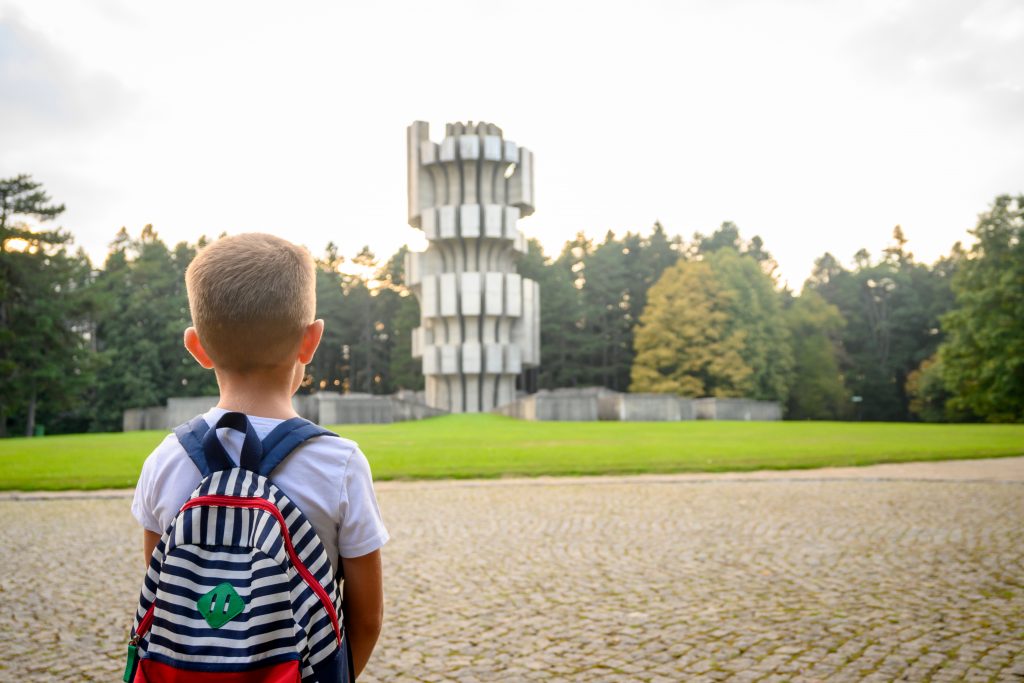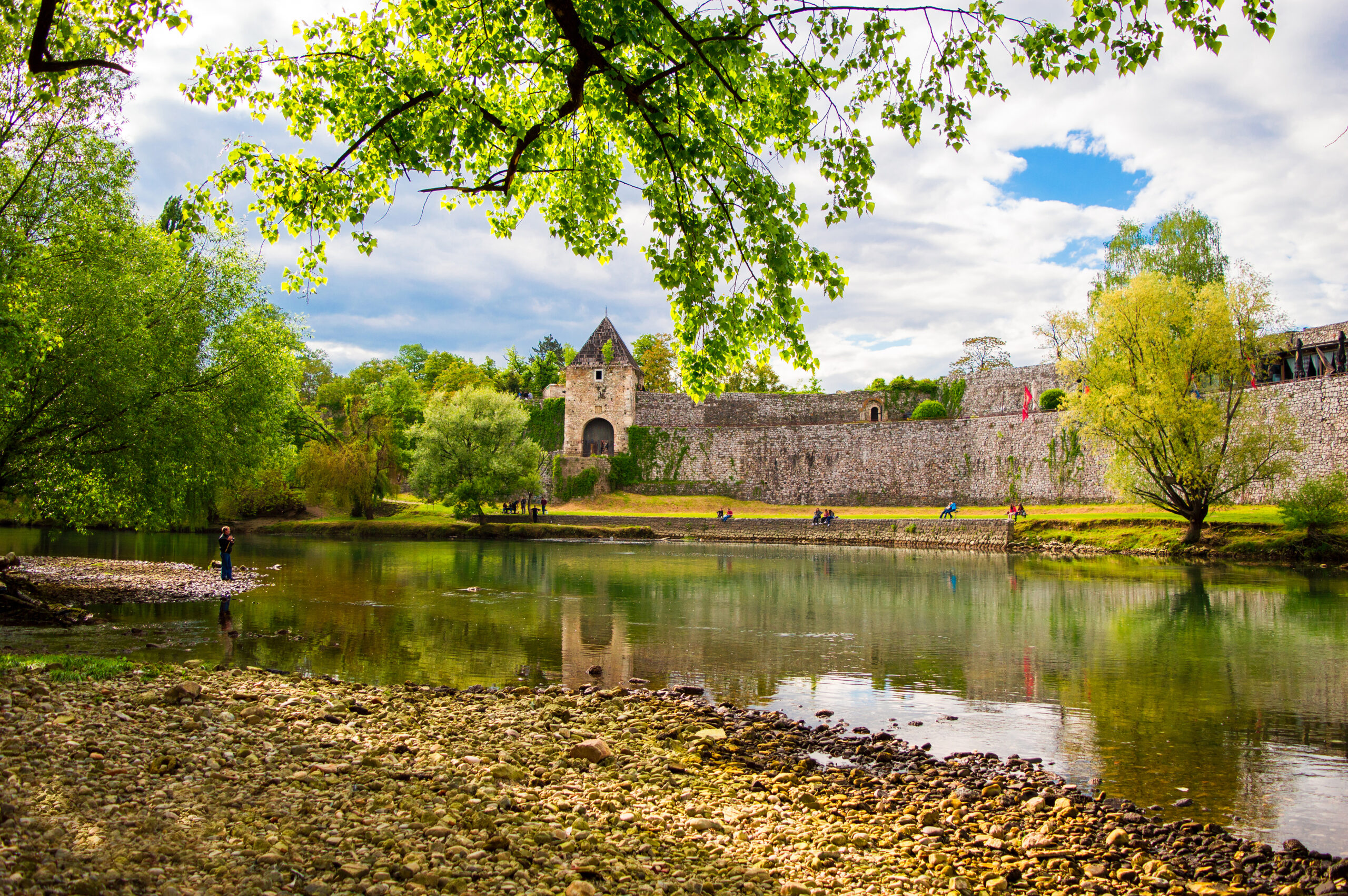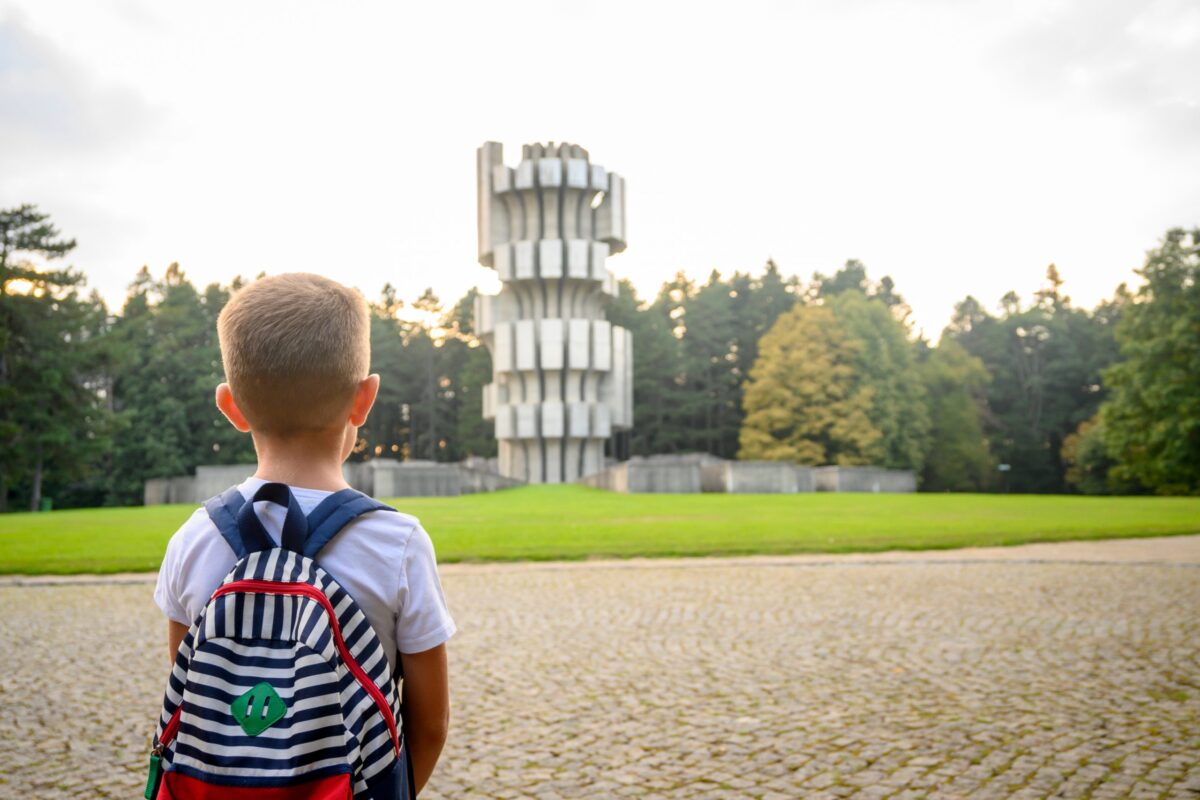- Home
- Destinations
- Balkan Activities
- THE BALKANS (Tours & Holidays)
- CROATIA SAILING 2024
- BALKAN STUDY TOURS
- Popular Tours & Holidays
- Transfer Tours via Balkans
- Death of Yugoslavia
- Brutalist Architecture
- Hiking & Trekking
- Food & Culinary Experiences
- Traditional Arts & Craft Workshops
- Rural Escape Tours & Holidays
- Wine Experiences
- Winter Tours & Holidays
- Private Transfers
- Private Villa All Inclusive Holidays
- Canoe, Kayak & Rafting
- Boat – Yachting Holidays
- Tailor-Made
- Inspiration
- Contact










